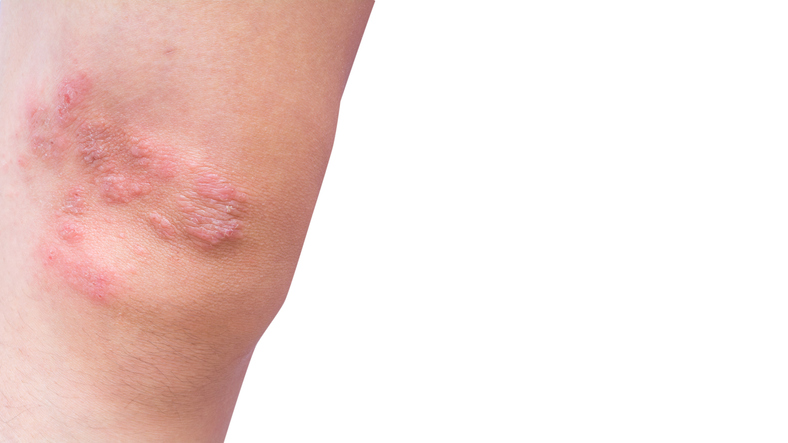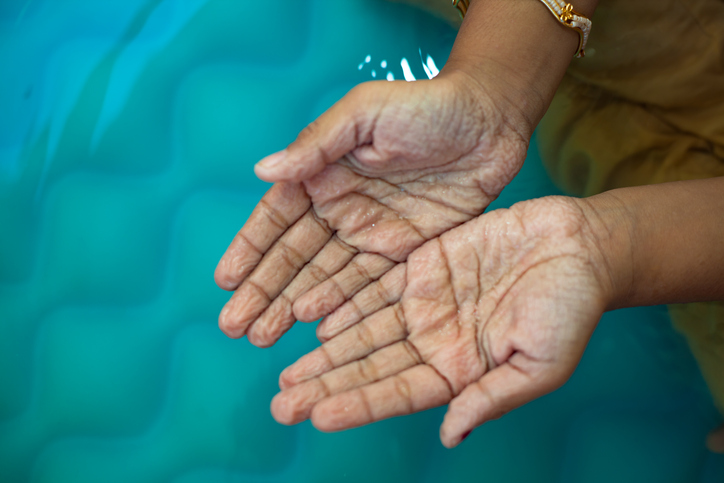Pain
Types of Scleroderma

What is scleroderma?
Scleroderma is an autoimmune condition in which the body produces an excess amount of the protein collagen. It causes tightening and hardening of the skin and other connective tissues.
Scleroderma is classified into two main types: localized or systemic. Localized scleroderma affects only the skin. Systemic scleroderma affects blood vessels and internal organs. There are also subcategories within both of the main types of scleroderma. Approximately 300,000 Americans have been diagnosed with either localized or systemic scleroderma.
Localized scleroderma
Localized scleroderma typically affects just a few areas of the skin, not the entire body. Occasionally, it may affect tissues under the skin, such as subcutaneous tissue or fascia. This type of scleroderma often goes away without treatment. Types of localized scleroderma include linear scleroderma and morphea.
Linear scleroderma
Linear scleroderma involves lines or streaks of thickened skin that appear on the trunk, arm(s), leg(s), or the face.
Morphea
Morphea involves one or more hard, oval-shaped patches that appear on the skin. The patches may start as red or purple and then turn white or pale yellow at the center. Morphea can be circumscribed or generalized.
- Circumscribed morphea involves only a few patches that extend into the subcutaneous tissue, which can enlarge when scleroderma is active and flatten during periods of remission.
- Generalized morphea involves more than four patches on the body. The patches can be thick, tight, and blend into each other. If most of the body is covered with patches, it is referred to as pansclerotic morphea.
Systemic scleroderma
Systemic scleroderma can affect numerous parts of the body, including the skin and internal organs. There are two types of systemic scleroderma: limited scleroderma and diffuse scleroderma.
Limited scleroderma
Limited scleroderma is the most common type of scleroderma. It can affect the lungs, the digestive system, and the skin on the hands, feet, and face. It is also known as CREST syndrome based on its distinct features:
- Calcinosis (calcium deposits under the skin)
- Raynaud’s phenomenon (fingers or toes that turn cold or numb and become tinged with white or blue even when temperatures are not below freezing)
- Esophageal dysmotility (difficulty swallowing)
- Sclerodactyly (hardening of the skin on the hands, causing the fingers to curl inward)
- Telangiectasias (fine, red lines on the skin)
Diffuse scleroderma
Diffuse scleroderma affects large portions of the skin as well as the gastrointestinal tract, kidneys, lungs, and heart. It typically comes on quickly, first presenting as thickened skin on the thighs, upper arms, face, hands, or feet. If the lungs and heart are damaged, it can be life-threatening.















